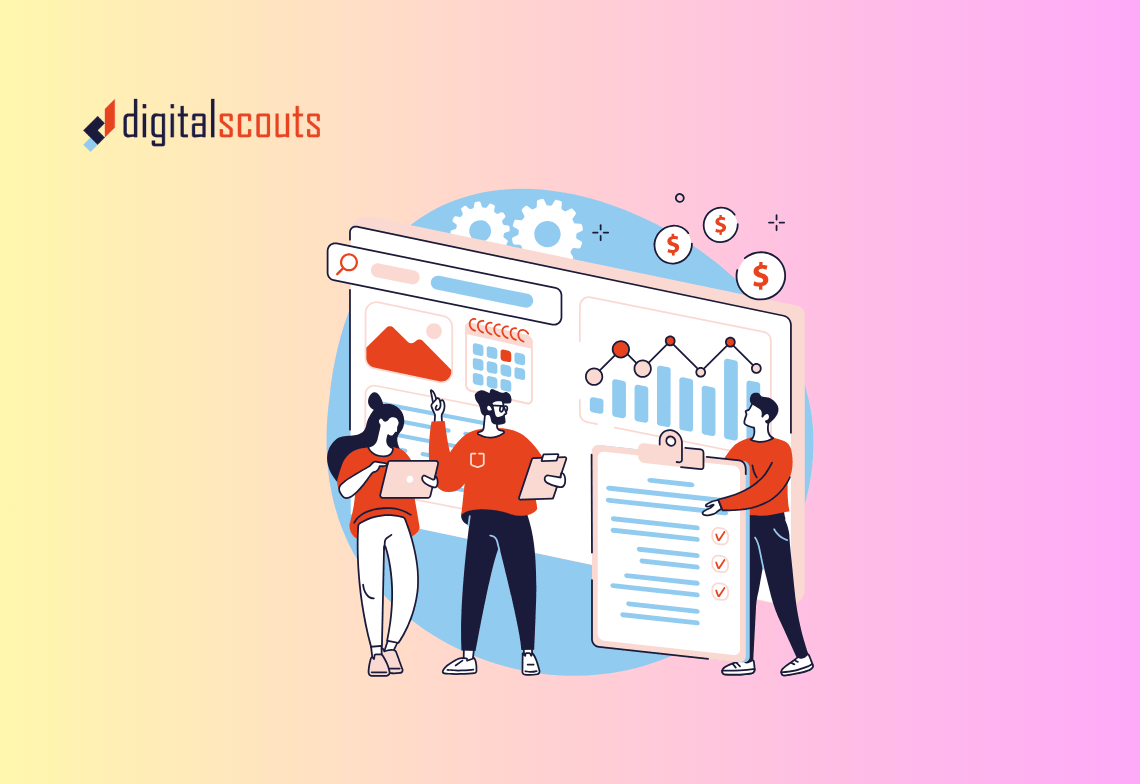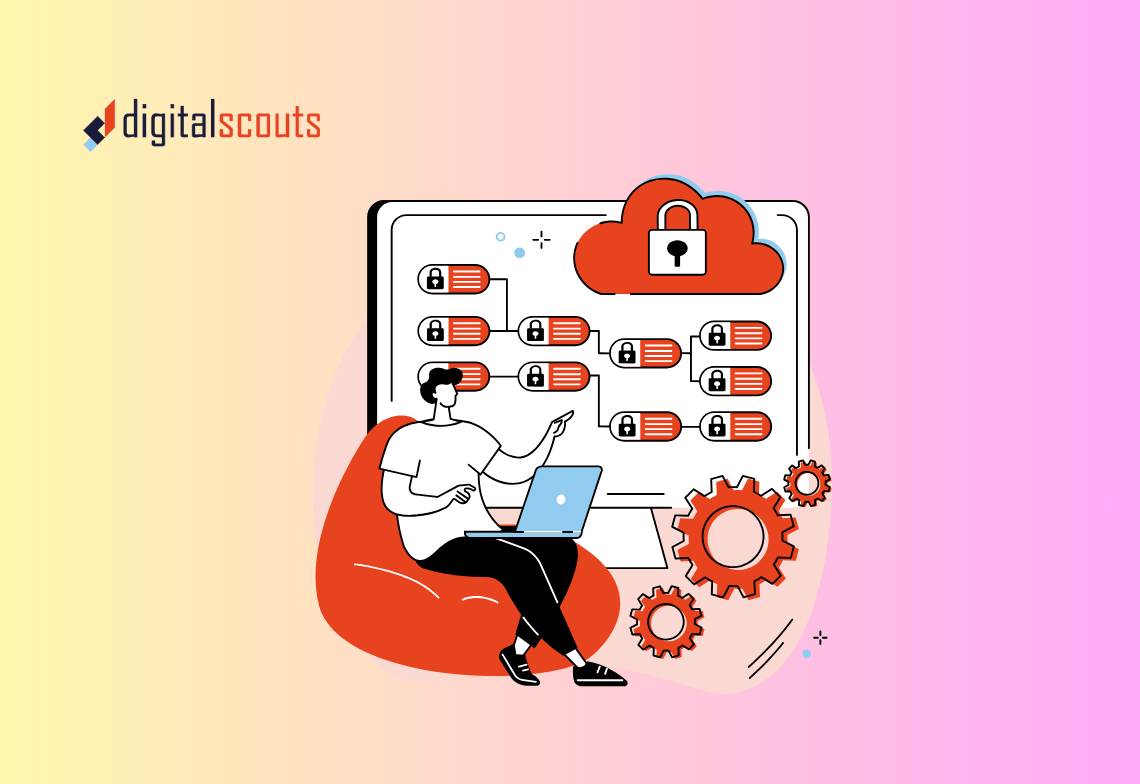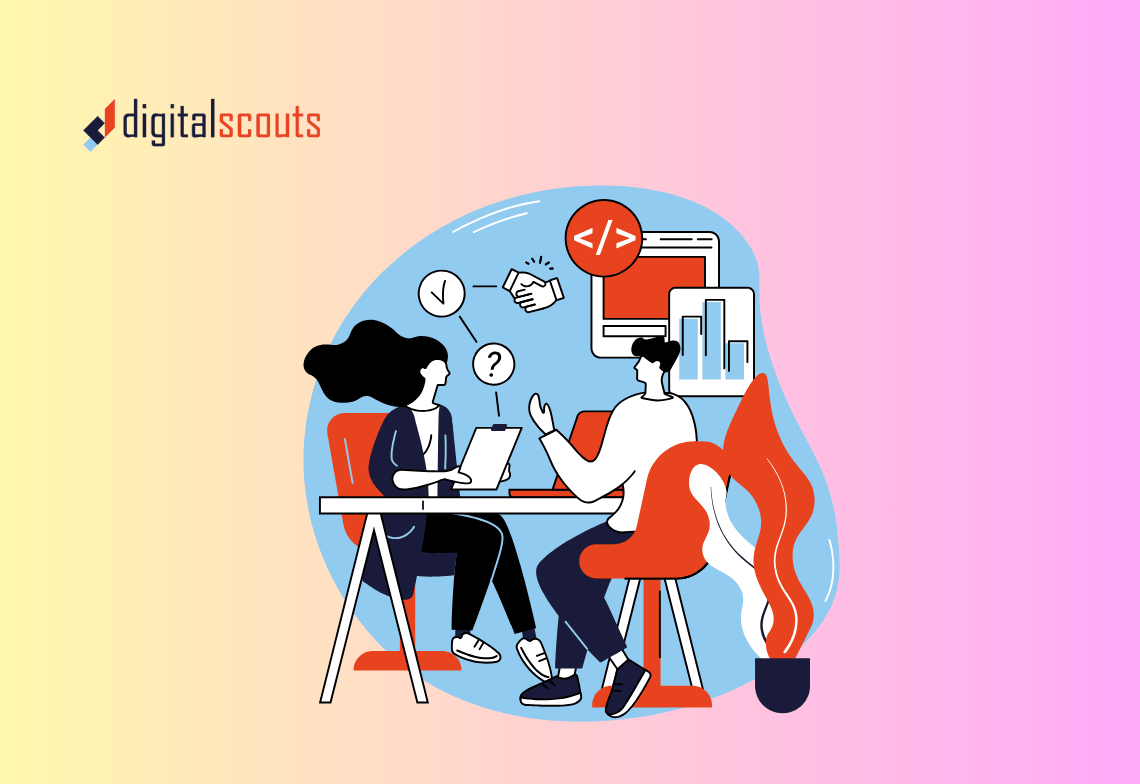Account Based Marketing has always been about precision. You identify high value accounts, understand their challenges, and create messages that resonate. The barrier has never been strategy. It has been scale.
Most B2B teams know how to personalise for their top ten accounts. The real challenge is maintaining that level of relevance for the next fifty or five hundred. This is where AI in ABM becomes a practical growth lever, not just a buzzword.
AI now enables teams to deliver personalised messaging, creative assets, and insights at scale without losing human context. When you combine it with a clear ABM framework and the right systems, it turns data into dialogue and awareness into engagement.
This article explains how to integrate AI into your ABM programs, personalise content efficiently, and connect engagement back to revenue through an operational model that scales.
Why ABM needs AI now
The fundamentals of ABM have not changed. You still define target accounts, understand their priorities, and create content that moves them along a clear journey. What has changed is how much data, content, and communication each account now generates.
Buying groups are larger, touchpoints have multiplied, and intent signals shift weekly. Keeping up manually is impossible. AI helps by doing what humans cannot. It analyses at speed, finds patterns, and generates tailored content for each account segment.
When structured well, AI can
• Identify accounts that show renewed buying signals
• Suggest topics and pain points to personalise outreach
• Generate campaign assets aligned with an industry or stage
• Optimise cadence and channel selection based on engagement
Marketing and sales then spend less time building lists or writing variants, and more time aligning on strategy and conversation quality.
From account selection to account intelligence
A successful ABM program starts with choosing the right accounts. This is also where AI delivers quick wins.
Use predictive models to refine your target list
AI driven scoring models analyse historical wins, CRM properties, and firmographic data to predict which accounts are most likely to convert. Tools such as HubSpot predictive lead scoring or enrichment platforms rank accounts by fit and intent rather than volume.
Feed this data into HubSpot ABM dashboards to track matched accounts and trigger engagement workflows when new signals appear.
Combine intent and behaviour data for timing
AI can analyse behaviour across sources such as website visits, email engagement, and LinkedIn interactions to determine when an account is heating up. Instead of relying on static lists, your team gets a dynamic view of readiness.
When an account crosses a threshold, HubSpot workflows can route tasks to sales or launch a tailored email sequence so the right follow up happens at the right time.
Personalisation that feels natural, not automated
AI content tools can generate outreach emails, LinkedIn posts, and dynamic web copy. But automation without direction creates noise. To scale personalisation effectively, use AI to assist rather than replace the creative process.
Start with human inputs
Every effective ABM message begins with context. Define messaging pillars such as pain points, solutions, and differentiators, and feed these into your AI writing workflows. This keeps tone and relevance consistent across every generated asset.
Generate tailored variants for each segment
Once your brand voice and messaging are clear, AI can generate variants for specific industries or roles. An email sequence for manufacturing may highlight efficiency and uptime, while one for SaaS focuses on scalability and churn reduction.
Use HubSpot content tools for scale
HubSpot AI Content Assistant helps you create emails, landing pages, and ads that align with persona data and deal stages. Combine this with personalisation tokens to adapt greetings, company names, and offers, while staying true to your approved brand voice.
Review, edit, and approve
The best results come from a human in the loop approach. Use AI for first drafts and data led insight, then refine for tone and precision. This keeps messaging authentic and accurate while reducing production time.
AI powered content for multi channel ABM
Personalisation is not limited to email. To reach modern buying committees, your content must adapt to where your audience spends time such as LinkedIn, paid media, email, or direct mail.
Dynamic website experiences
AI driven CMS tools such as HubSpot Content Hub can display industry specific case studies, pricing references, or testimonials based on visitor data. This creates the experience of a one to one landing page for every target account.
Paid and social ads
AI tools in ad platforms such as Google Ads and LinkedIn Campaign Manager can test creative and messaging variations, optimising for engagement and conversion rate. When linked with HubSpot, conversion data flows back to audience lists and reporting.
Sales enablement content
AI can generate tailored pitch decks or follow up emails that summarise conversations and reference recent activity. These assets reinforce alignment between marketing and sales and keep messaging consistent.
Conversational marketing
Chatbots and AI assistants on landing pages can identify account visitors, route them to the right rep, or trigger workflows in HubSpot. They reduce friction while collecting valuable engagement data.
Each channel should use the same core message architecture so an account sees a cohesive story across every touchpoint.
Connecting AI and ABM through RevOps
To scale personalisation sustainably, marketing, sales, and operations must work from one system of record. This is where RevOps and HubSpot become essential.
Centralise data in HubSpot
Every engagement such as form submissions, email clicks, chat interactions, or ad conversions should update a single contact or company record. HubSpot unifies this data so AI generated content and automated workflows draw from the same accurate source.
Automate handoffs with clarity
Use HubSpot workflows to automate lead assignment, meeting reminders, and pipeline updates. Pair this with AI powered lead scoring so sales receives accounts that meet your engagement thresholds.
Attribute results to revenue
AI and personalisation matter when they drive measurable results. In HubSpot, use attribution reporting to link campaign engagement to pipeline stages and closed deals. Teams then see which personalised content influences revenue and where to invest next.
By connecting AI, content, and RevOps inside HubSpot, you create a closed loop system where insights continuously improve performance.
A practical framework for AI driven ABM
Scaling personalisation takes planning. Use this five step framework to move from ideas to execution.
Map your account tiers
Segment accounts into priority levels. Tier one accounts receive bespoke messaging. Tier two and tier three accounts get scalable AI assisted personalisation.
Build data infrastructure
Ensure contact and company records are complete, deduplicated, and enriched with firmographic and intent data. Set HubSpot properties for industry, use case, and lifecycle stage.
Deploy AI where it adds value
Use predictive scoring for account selection, AI writing for message variants, and AI analytics for timing and performance. Avoid automating steps that require nuanced judgment.
Create measurement dashboards
Set HubSpot dashboards for ABM metrics such as target account engagement, open and response rates, and pipeline contribution.
Review quarterly and refine
AI models improve with feedback. Review each quarter to assess performance, update training data, and refine messaging.
This framework ensures AI supports strategy rather than dictating it.
AEO friendly content structure for AI visibility
Answer engines such as Google AI Overviews and Perplexity prioritise content that answers questions clearly. Structuring your ABM content for AEO helps both discovery and engagement.
How to optimise ABM content for AEO
• Start sections with a short, direct answer to a real question
• Use numbered lists and bullets for clarity
• Include FAQs that address common ABM and personalisation queries
• Link to related internal resources to reinforce authority
When you apply this consistently, your brand is more likely to be cited by AI systems and discovered earlier in research.
Bringing it all together
AI is not a replacement for good ABM strategy. It is the multiplier that makes personalisation possible at scale. When you connect predictive insights, content generation, and automation through a unified RevOps system such as HubSpot, personalisation becomes measurable and repeatable.
The outcome is more than efficiency. You gain stronger engagement, clearer reporting, and a revenue engine that adapts as fast as your accounts do.
At Digitalscouts, we help B2B teams design AI enabled ABM systems that connect content, data, and automation. From HubSpot implementation to RevOps strategy, we turn marketing personalisation into pipeline growth.
Ready to scale your ABM program with AI
Contact Digitalscouts to plan your next step.
Frequently Asked Questions
About Author
Ashish is a B2B growth strategist who helps scaleups align marketing and sales through Account-Based Marketing (ABM), RevOps, and automation. At DigitalScouts, he builds scalable content engines, streamlines lead flows with HubSpot, and runs targeted GTM programs to drive predictable pipeline. He regularly shares insights on using AI and automation to power ABM and accelerate complex buyer journeys.








